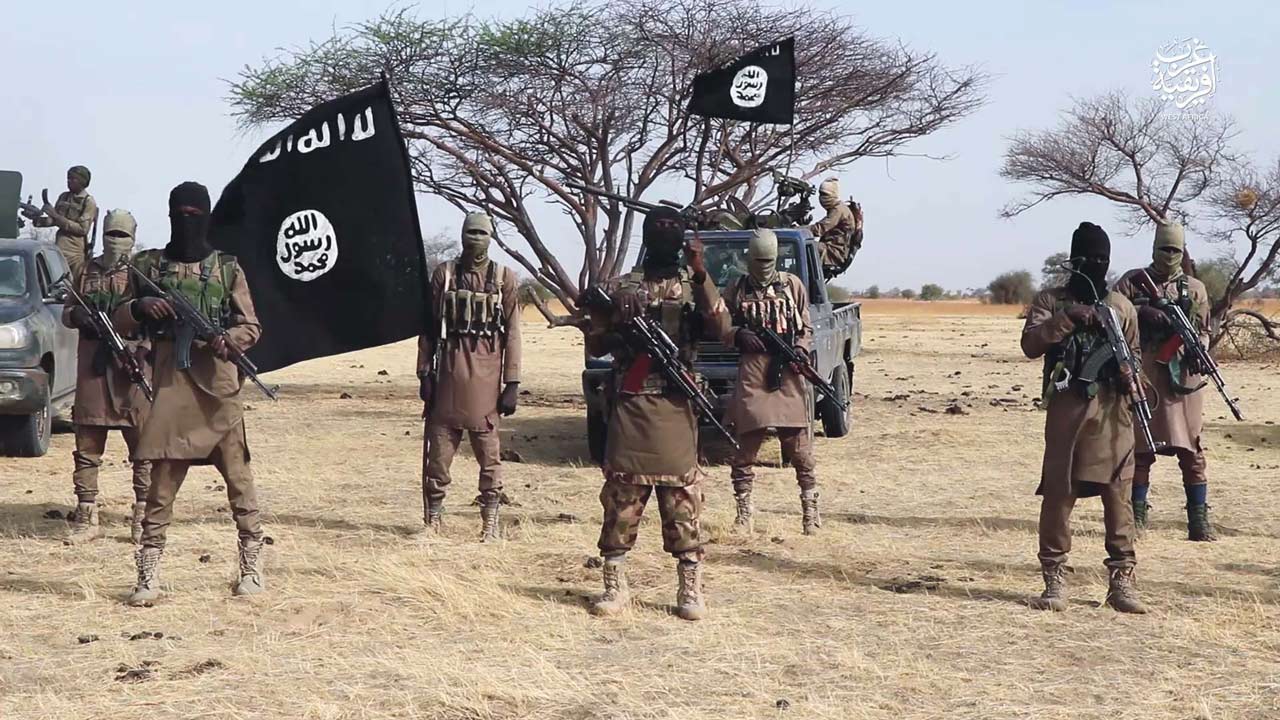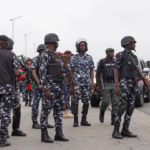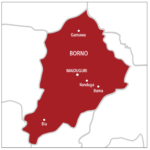The killing of 22 soldiers and seven policemen in separate ambush attacks by yet-to-be-identified terrorist groups in Niger and Taraba States last week will go down as one of the saddest events in Nigeria’s burgeoning counter-insurgency operations. But it also represents an emerging and sobering dynamic in Nigeria’s fight against Boko Haram and its splinter groups since 2009. For close observers of this unending tragedy, the Boko Haram conflict and Nigeria’s war against it, has passed through three major phases since the group’s violent turn 13 years ago. First, the group’s violent activities were directed at both residents and security formations and personnel localised around the North-East, reaching a peak with the capture and installation of jihadist government in over 15 local government areas carved out of Borno, Adamawa and Yobe States.
The Nigerian military responded, often with the help of local militia—more well known as Civilian JTF—by driving Boko Haram fighters out of the cities and towns, and into Sambisa Forest and other areas around the Lake Chad Basin, recovering particularly between January and December 2015, most, if not all, of the territories previously taken by the insurgents. Most analysts regard this as the second major phase in the conflict when the federal government, in a rather premature chest-thumping that since come home to bite, declared that Boko Haram had been “technically” defeated.
- Fan ‘goes gaga’ on stage as Davido gifts her N2m, sneakers
- Hajj 2022: Saudi extends deadline for Nigerian pilgrims
But the group merely mutated into a number of spin-offs, among them the original Boko Haram itself then still led by Abubakar Shekau, the Islamic State’s West Africa Province (ISWAP) with links to ISIS and Ansaru, officially, Jamaat Ansar al Muslimeen fi Bilad al Sudan (The Vanguard for the Protection of Muslims in Black Africa), with links to Al-Qaeda and perhaps Boko Haram’s first breakaway group. Internecine clashes between them resulted, ultimately, in the killings of Shekau, Al Barnawi and other leaders and the surrender and return of hundreds of fighters from various splinter groups, which marked the high point of this third phase in the evolution of the Boko Haram insurgency in Nigeria.
We fear, however, that rather than reach a much-welcomed end, this long drawn war may have entered into a new and potentially more dangerous phase. This new phase is marked, first, by a geographic shift from the northeast as the epicentre of Boko Haram insurgency to parts of the northwest and northcentral states. Informed sources say there has been an influx of fighters previously loyal to Shekau and Al-Barnawi, many of whom had fled their sanctuaries in Sambisa Forest and shores of Lake Chad because of military operations by Multi National Joint Task Force (MNJTF) and infiltrated Kaduna, Katsina, Zamfara, Niger, Kogi, Nasarawa and parts of the FCT. These are in addition to cells of Ansaru that had long hibernated in these regions. Indeed, as Kaduna State Governor, Malam Nasir El-Rufai declared on May 19, 2022, Birnin-Gwari and Giwa Local Government Areas of the state are now effectively the headquarters of Ansaru. And only last week, Ansaru threatened to disrupt communities in these areas from participating in the 2023 elections.
The results of these sad developments are that while there has been a steady decline in terrorist activity in the principal states of the northeast, there has been a gradual increase in the frequency and sophistication of terrorist attacks and recruitment activities by ISWAP, Ansaru and possibly other groups, in several states of the northwest and northcentral Nigeria. The attack on the Abuja-Kaduna train and the abduction of its passengers reportedly by ISWAP in March this year; the attack on a military formation along the Kaduna-Birnin Gwari highway in which 11 soldiers were killed and two Armoured Personnel Carriers (APC) vehicles destroyed in April allegedly by Ansaru members; and last week’s attacks on soldiers in Niger State, must all be viewed in this context of a dangerously shifting dynamics of Boko Haram terror over the years.
All of these call for serious concern and immediate action, especially at a time when the federal and military authorities appear lulled into complacence by a largely false narrative of victory in the northeast. The authorities must pay attention to the emerging trends and the threats they represent at a crucial moment when new shoots of terrorism in the wider sense are springing up in the South-East and other parts of the country. Daily Trust calls on the federal government and the military authorities to consider shifting their responses too.
The first step will be to determine and accept whether what was considered victory against the Boko Haram insurgency in the northeast is in fact no more than a geographic shift to it. Second, military authorities must understudy the implications and movements of returned fighters of various Boko Haram splinter groups in the ensuing terrorist comeback. And third, all hands must be on deck, and all options on the table, for working towards a permanent solution to Boko Haram insurgency in whatever form. Nigerians have had enough short-lived victories against Boko Haram.

 Join Daily Trust WhatsApp Community For Quick Access To News and Happenings Around You.
Join Daily Trust WhatsApp Community For Quick Access To News and Happenings Around You.


